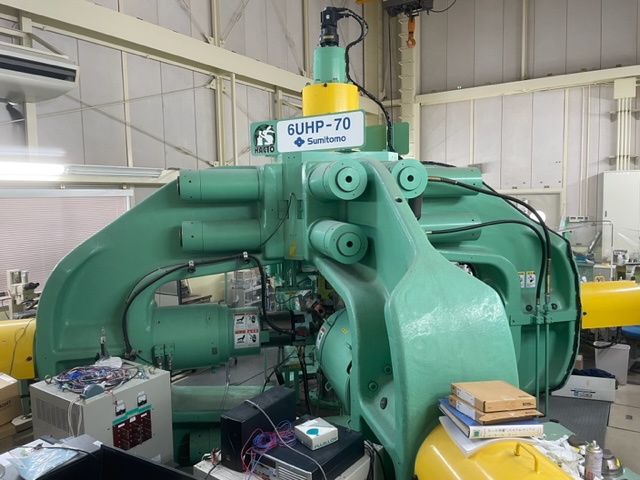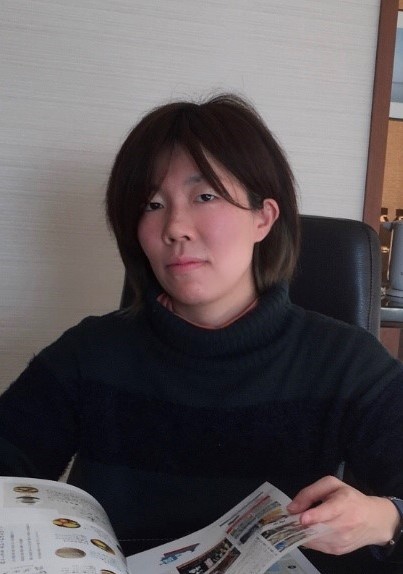Planetary Materials Experimental Physics
- Division of Planetary Materials Analytical Chemistry
- Division of Planetary Surface Environment Science

Phase relations and melting relations of Earth and planetary materials. Structure, rheology, elastic and electrical properties of Earth’s mantle and core materials. Element partitioning between mantle minerals and mantle/core materials.
Combine studies of extraterrestrial and terrestrial materials in terms of mineralogy, texture, composition, and spectroscopic properties to interpret the current nature and geological history of other solar system bodies, especially Mars and carbonaceous asteroids.
Division of Planetary Materials Analytical Chemistry
 |
|
|---|
We study the dynamics of the Earth and planetary interiors, especially transport processes such as electrical and thermal conductivities, by means of high-pressure experiments mainly using a large-volume multi-anvil press. Recently, we are also working on the problems of terrestrial planetary evolution from the viewpoints of elemental partitioning and redox state.
 |
|
|---|
We are studying the physical and chemical properties of the Earth’s constituting materials, for example plasticity, elasticity, phase relations ans so on, to understand the structure and dynamics of the Earth’s interior, with the technical development for high pressure experiment.
 |
|
|---|
In order to provide a fundamental understanding of the behaviors of Earth and planetary materials, we are studying the atomic structures of natural and high P-T synthetic materials (minerals, glasses, etc.) via spectroscopic measurements, (e.g., NMR), and first-principles calculation.
 |
|
|---|
I am interested in the experimental study of phase relations in magmas and crustal fluids. My recent approach includes in situ observations of magmas and fluids at high temperatures and pressures using vibrational spectroscopy as a structural probe.
|
I am interested in the chemical evolution and geodynamics of the Earth and planets through elucidation of the formation of the Earth and planets and the material recycling at their interior through their history based on high-pressure and high-temperature experiments.
 |
|
|---|
To understand the structure and dynamics of the Earth’s interior from the formation of the early Earth to the present, I am developing technologies using the Kawai-type multi-anvil press and investigating the high pressure-temperature phase relations, chemical composition, crystal structure, and physical properties of the Earth’s constituent materials.
 |
|
|---|
I focus on the experimental study on the physical properties of the materials in the Earth’s lower mantle and core by diamond anvil cells.
